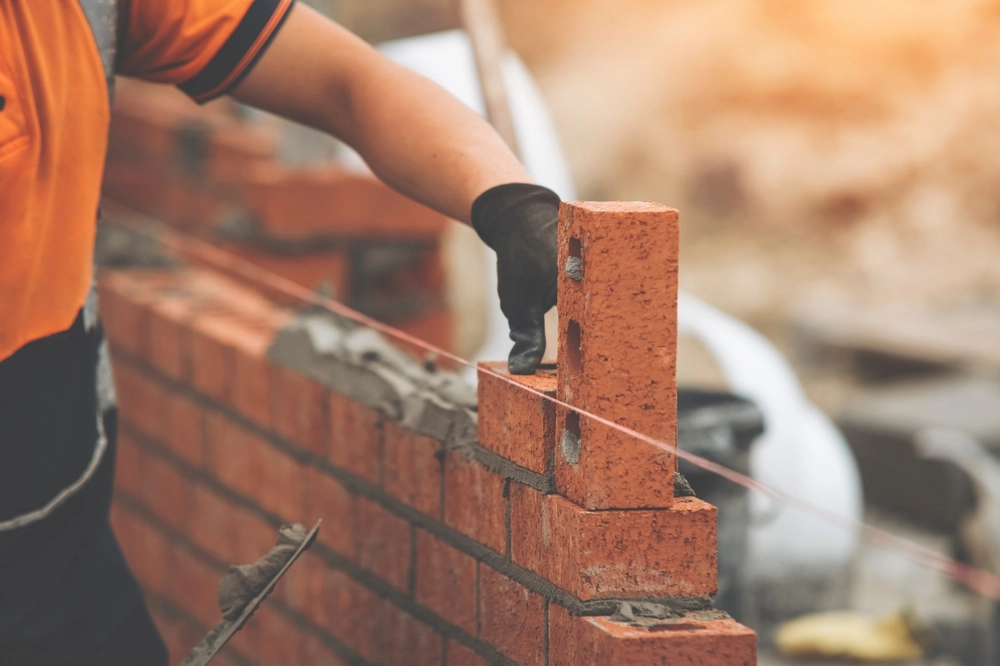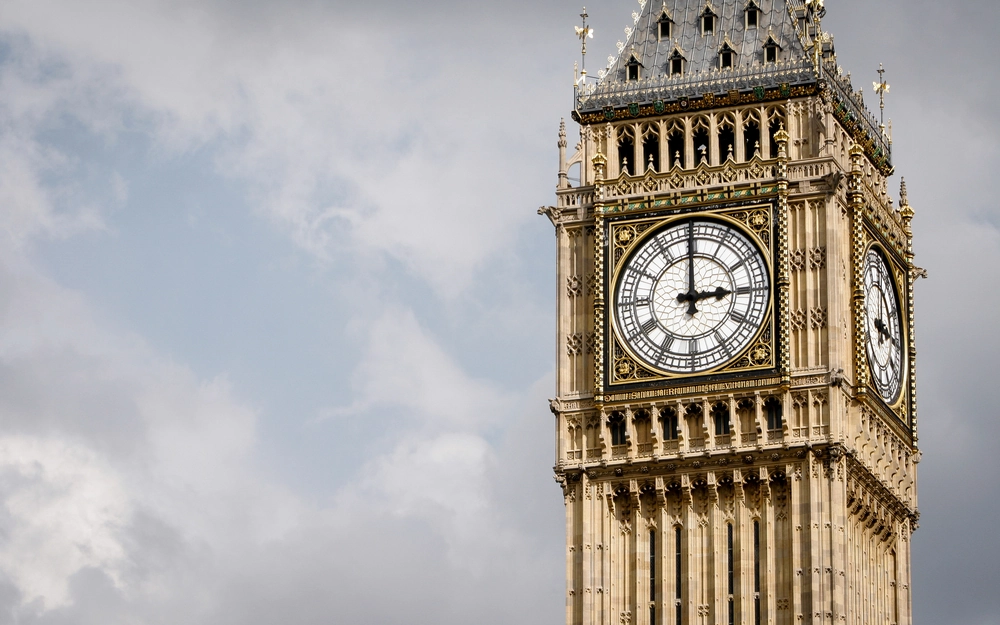
Covid 19 – Construction sites and contracts – guidance on Health & Safety and the CDM Regulations

Updated 15 April
In these challenging times business leaders are welcoming a raft of sensible relaxation of Regulations designed to minimise the economic impact of the Coronavirus pandemic. Inevitably Health & Safety is not one of those areas.
Our regulatory and construction team share their insight and look at the regulatory framework and various levels of guidance to answer some key client questions being asked in the UK construction industry.
Should I keep the site open?
Continuing to operate a construction site in the face of the pandemic presents risks for Clients, Principal Contractors and the wider community. These challenges can be managed by robust adherence to core risk management principles, aided by updated Guidance issued by the Construction Leadership Council (CLC) on 14 April which clarifies conflicting guidance which had increased this challenge.
Statute
The key provisions that are relevant to Client and Principal Contractor (PC) in this context will be familiar. They are:
• S2 (1) of the Health and Safety at Work etc. Act 1974 (the Act) which places a duty on the Client and PC as employer to ensure, so far as is reasonably practicable, the health, safety and welfare of all employees.
• Section 2(2) amplifies this duty by including reference to providing (amongst other things), so far as is reasonably practicable:
o systems of work that are safe and without risks to health
o provision of such information, instruction, training and supervision as is necessary
o the maintenance of a workplace under your control in a condition that is safe and without risks to health
o provision and maintenance of a working environment without risks to health
• S3 of the Act places a duty on every employer to conduct its activities in such a way as to ensure, so far as is reasonably practicable, that non-employees who may be affected by those activities are not exposed to risks to their health or safety.
Regulations
Section 15 of the Act gives the Secretary of State powers to make regulations to fulfil any of the general purposes of the Act. The key regulation for the projects is the Construction (Design and Management) Regulations 2015 (CDM). This provides a framework for organisations to discharge their S2 and S3 responsibilities in the context of projects which have complex contractual scenarios where multiple duty holders exist.
The key CDM regulations in this case are summarised below in the context of continuing to operate an existing site in a safe manner.
• 4.(1) The Client must make suitable arrangements for managing its projects.
• 4.(2) Arrangements are suitable if they ensure, as far as is reasonably practicable, that construction work can be carried out without risks to the health and safety of any person affected by the project.
• 4. (3) The Client must ensure these arrangements are maintained and reviewed throughout the project.
• 4. (6) The Client must take reasonable steps to ensure that the PC complies with its principal contractor duties set out in regulations 12-14.
• 12.(4) PC must ensure the Construction Phase Plan (CPP) is appropriately reviewed, updated and revised from time to time so that it continues to be sufficient to ensure that work is carried without risks to health and safety (so far as is reasonably practicable).
• 13 (1) PC must plan, manage and monitor the construction phase and coordinate matters relating to H&S to ensure that work is carried without risks to health and safety so far as is reasonably practicable.
• 13. (3) PC must organise cooperation between contractors, coordinate implementation of applicable legal requirements for H&S and make sure that they follow the CPP
HSE Guidance
Section 16 of the Act gives the HSE the power to approve and issue codes of practice (whether prepared by it or not) to provide practical guidance on meeting the requirements set out in regulations.
Failure to follow guidance in a code of practice does not automatically mean a duty holder is in breach. However, formal guidance issued under this section has a special legal status - in criminal proceedings proof of failure to follow a code will be evidence of breach unless it can be shown that compliance was achieved in a different but equally effective manner.
The HSE guidance accompanying the CDM regulations falls into this category. "This guidance is issued by the Health and Safety Executive. Following the guidance is not compulsory, unless specifically stated, and you are free to take other action. But if you do follow the guidance you will normally be doing enough to comply with the law. Health and safety inspectors seek to secure compliance with the law and may refer to this guidance".
The Courts approach to Health and Safety prosecutions
In the event of enforcement action by HSE the Court will first consider whether there has been exposure to risk. If there has, then the burden of proof shifts to the defendant to prove that it had taken all reasonably practicable steps to avoid that risk.
In assessing this a Court will inevitably review the defendant's approach, risk assessments and method statements in light of available industry standards and guidance that existed at the time.
What is the status of the CLC Site Operating Procedure (SOP)?
The CLC is a joint industry/government Council co-chaired by Nadhim Zahawi MP (Minister for Business and Industry) and Andy Mitchell CBE, CEO of Thames Tideway. It works between industry and government to identify and deliver actions supporting UK construction build greater efficiency, skills and growth.
It first issued a Site Operating Procedure (SOP) dated 23 March as guidance to introduce consistent measures on sites of all sizes in line with the Government’s recommendations on social distancing. It issued an updated version but following "significant feedback" it reviewed version 2 and until 14 April Version 1 was stated to be the one to follow.
Alok Sharma, the Secretary of State at the Department for Business, Energy and Industrial Strategy, wrote to the UK construction industry on 31 March 2020 endorsing the original SOP noting it aligned with the latest guidance from Public Health England.
This guidance does not equate to statutory guidance issued by HSE. However, it has been issued by a joint industry body, endorsed by the Secretary of State and reflects the latest Public Health England health guidance.
The Guidance was prepared in collaboration between the industry’s leading trade and representative bodies: Association for Consultancy & Engineering, Builders Merchant Federation, Build UK, Chartered Institute of Building, Civil Engineering Contractors Association, Construction Industry Council, Construction Plant-hire Association, Construction Products Association, Electrical Contractors’ Association (ECA), Federation of Master Builders, National Federation of Builders, and Institution of Civil Engineers.
A Court would inevitably take it into account when considering whether a defendant had fulfilled its duties under the Act and CDM. Failing to adhere to the standards set out in it (as a minimum) would make it difficult to argue that all reasonably practicable steps had been taken to protect H&S on site. Equally, following the guidance will provide a starting point to evidence that reasonably practicable measures had been taken, provided they are tailored to the particular circumstances of the site.
What is the position in relation to non-essential work less than 2 metres apart?
Version 3 of the CLC guidance much clearer and now appears to align with government advice issued on 7 April 2020. This clarity is helpful in supporting Client and PC carry out their own assessment of risk in very novel circumstances.
The SOP refers to PHE guidance for construction sites: “where it is not possible to follow the social distancing guidelines in full in relation to a particular activity, you should consider whether that activity needs to continue for the site to continue to operate, and, if so, take all the mitigating actions possible to reduce the risk of transmission. There is no requirement for the site to be an "essential one".
The SOP provides very clear guidance on Travel to Work, Driving at Work, site Access and Egress and Welfare Facilities.
The government in England issued updated Guidance for employers and businesses on 7 April 2020 (the Sector Guidance). The Sector Guidance sanctions less than 2-metre working in certain circumstances. The SOP sets this out with greater clarity in a formal Hierarchy of Controls:
The starting point is worth repeating. "If you are not able to work whilst maintaining a two metre distance, you should consider whether the activity should continue and, if so, risk assess it using the hierarchy of controls below and against any sector-specific guidance".
So the focus at the top of the hierarchy remains on avoiding working within 2 metres. The Client and/or the PC may still legitimately take the view that the if the 2-metre rule cannot be adhered to the particular activity or activities should not be undertaken or indeed that the site should cease to operate.
If the preferred approach is to keep the site open (either generally or in relation to essential activities) the Client and PC's should adopt a clear approach pending further CLC and/or government clarification.
If the preferred approach is to keep the site open (either generally or in relation to essential activities) the Client and PC's should ensure that reasons for doing so are clearly documented and that the Construction Phase Plan (CPP) is updated by reference to the SOP It is worth stating which version of the SOP you are working to in that documentation so there is clarity in the event of future scrutiny.
It is also important that those responsible for reviewing RAMS challenge the decision to go below the first level of the Hierarchy. They should also be clear how the hierarchy is to be implemented for the specific tasks to ensure that it can be demonstrated that risks are reduced to the lowest level reasonably practicable.
The suggested ways to "Reduce" risk include practical steps such as reducing the frequency and duration of close working, the number of workers involved, working side by side or facing away and increasing handwashing. Careful analysis of each task will be required as will revised Risk Assessments and Method Statements, training and monitoring.
Further down the hierarchy, "Isolate" suggests the activities are carried out by discrete fixed, small teams, away from others, and Control suggests less than 15 minutes working in close proximity and enhanced authorisation (e.g. permit to work). Detailed guidance on PPE is also provided.
The SOP also raises a critical point about behaviours. "The measures necessary to minimise the risk of spread of infection rely on everyone in the industry taking responsibility for their actions and behaviours. Please encourage an open and collaborative approach between workers and employers on site where any issues can be openly discussed and addressed." Of course, CDM requires this formally and any failure to cooperate brings regulatory risk.
If the PC is not adhering to SOP and agreed safe methods of working less than 2 metres apart, what is the Client obliged to say?
The PC has the primary duty to monitor compliance with the CPP. In the first instance they should therefore stop the works or risk being in breach of their CDM and HSWA obligations.
If they fail to do so and given the Client must take reasonable steps to ensure the PC complies with their obligations, it would be reasonable in those circumstances to require the PC to cease work until they were compliant. Indeed, it may be considered a breach of the Clients S2 and S3 duties outlined above to fail to do so.
What residual liability does a Client have for control of the site?
A Client is not required to police the site but to ensure that PC plans, manages and monitors in line with its obligations. The nature and extent of that will vary from site to site but as noted before these should encompass all reasonably practical steps.
As a minimum any requirements relating to recording of health and safety inspections and audits set out in the contracts and schedules should be rigorously maintained.
When should Clients ask for updated Construction Phase Plans (CPP) during ongoing works?
CDM requires Clients to make sure PC's review, update and revise the CPP " from time to time" so that it continues to be sufficient to ensure that work is carried out without risks to health and safety so far as is reasonably practicable.
Prompts for review will include resumption of site activity following a shutdown, where monitoring reveals noncompliance and when government/CLC and/or PHE guidance changes.
Summary
The latest Government guidance encourages construction sites to stay open where they can safely do so. Even with the clearer guidance, deciding whether that can be done safely is not straightforward and requires careful analysis and judgement calls.
It also requires careful documenting of the decision by reference to the guidance available on that day (given the frequency with which guidance is changing) and careful monitoring of safety mitigations by all concerned.
If you wish any further guidance or help please do get in touch. A coordinated team of experts are leading our support and can be contacted collectively using our dedicated inbox: [email protected].







